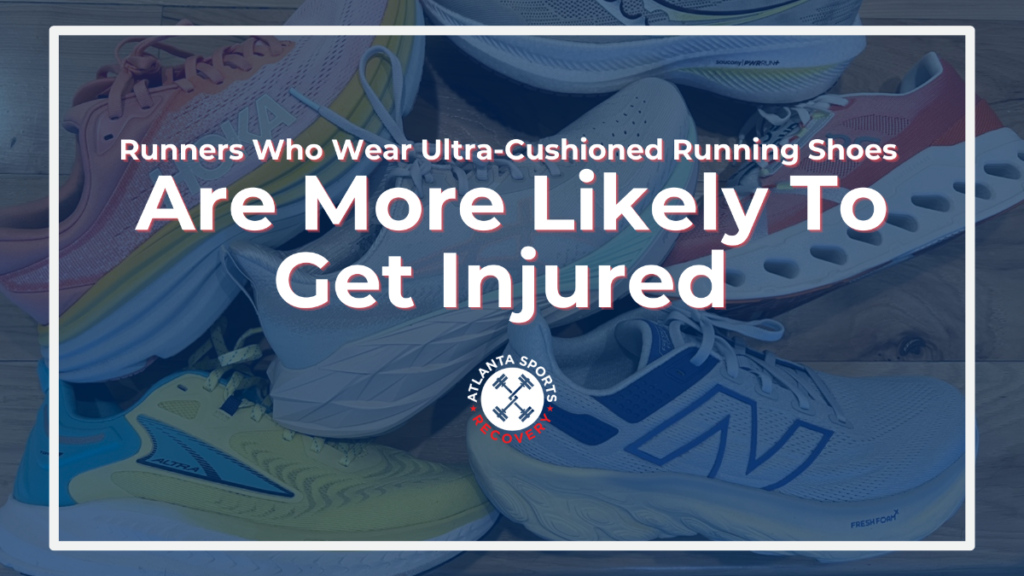Key Points
- Sitting is terrible for you
- It should be a goal to move for 5 hours per day
- Sitting is inevitable and will cause musculoskeletal issues that limit your performance/cause injuries in the gym/sport
- Incorporate the 5 exercises below to help improve your performance, prevent injury and even reduce the risk of an early death
Five Exercises Every Desk Bound Athlete Needs To Do
Sitting is the new smoking (1,2). In addition to increasing the likelihood of premature death by up to 20%, sitting for 8+ hours per day has been linked to a host of musculoskeletal issues like sciatica, upper crossed syndrome, lower crossed syndrome, and general low back and neck pain.
The real fix for these issues is quitting sitting and transitioning to a standing/moving work environment. Researchers have found that the human genome requires at least 5 hours of movement per day to maintain baseline heart health. However, the reality is that most people (me included) need to sit to devote enough resources to the brain to accomplish the heavy thought tasks of the modern workplace.
So as athletes who need to sit to be productive, how can we bulletproof ourselves against some of these common musculoskeletal issues that limit performance and potentially take us away from the sports/training we like doing? Easy! In addition to making habits around intense daily exercise and moving as much as possible (walk during calls, walk after every meal, do push-ups after every bathroom break and coffee refill, etc.).
#1. Couch Stretch
Our hips stay flexed a ton as humans. They are flexed when you sit in the car, when you sit all day at work, why we sit, when you are on the Peleton or Assault Bike during our workout, and then when we side to sleep in the fetal position. Over time our hip flexor muscles (Psoas, illicaus, sartorius, TFL and rectus femoris) start getting short and tight from all the constant contraction. The couch stretch is the one stretch that opens up all five of these muscles. Try doing it 2x per day for 2 minutes on each leg to break up the monotony of work.
#2. Psoas Self Release
The psoas is a muscle that attaches to your low back and hips. It flexes the spine and the hip. It’s powerful and vital for hip flexion. When it’s tight, it will cause back pain and even radiating nerve pain. This simple self-release with a kettlebell or kids soccer ball can eliminate the pain and restore some much-needed range of motion from the chronically short muscle.
#3. Step-Ups
There is a concept in the human body called reciprocal inhibition. It means when a muscle on one side of your body is short and tight, the other side is long and stretched. In the case of sitting, when your hip flexors are short and tight, your hip extensors (glutes) are long, stretched, and “inactive” (read weak).
If you do anything athletic, your glutes are the power source, and having them shut off means your performance will suffer. Super nerd PhDs have found that step-ups activate more of your glute max (hip extensors) than any other exercise. Try adding three sets of 20 (total) into your daily routine. Just make sure you lock those rolling wheels on your desk chair before using them.
#4. Levator Scap & Pec Self Release
When you sit at your computer or use your phone, your shoulders elevate (shrug) and internally rotate. Just like your hip flexors during sitting, the scapular elevators (levator scapulae and upper traps) and internal rotators (pec, subscapularis, anterior delt) get tight and short when you are working on your computer or phone. Two minutes per day of a little self-soft tissue work on these areas will “release” some of the overactivity and allow you to get into a better posture.
#5. Band Y’s
Once you have opened up your shoulders, it’s time to strengthen the muscles that have become weak in your back. Bands are an excellent tool for making your scapular stabilizers strong. You can easily stash it in your desk, and if the reps get too easy, just use a tempo or eccentric to make it challenging again. Three sets of 12 reps will do the trick.
Start adding this into your routine, and you will see your performance improve, your risk of injury goes down, and the extra movement may help you even live longer.
Have a great week!
Coach Johnny B



